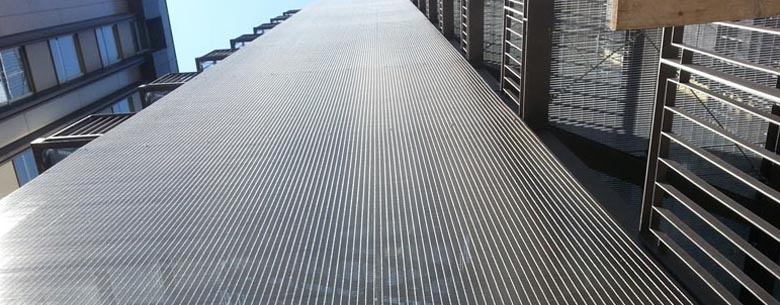Understanding Expanded Mesh Price Factors and Insights
Expanded mesh, a versatile product widely used in various industries, has garnered significant attention due to its unique properties and applications. This article delves into the factors influencing expanded mesh prices, providing insights for those interested in this material.
What is Expanded Mesh?
Expanded mesh is created by cutting and stretching a flat sheet of metal, plastic, or other materials to form a lattice-like structure. This process creates a series of interconnected openings, providing strength, rigidity, and flexibility. Expanded mesh is commonly used in building and construction, filtration, automotive, and even decorative applications. Its lightweight yet strong configuration makes it ideal for various uses, from safety barriers to architectural facades.
Factors Influencing Expanded Mesh Prices
1. Material Type The cost of expanded mesh largely depends on the type of material used. Common materials include aluminum, steel, stainless steel, and plastic. Among these, stainless steel tends to be the most expensive due to its corrosion resistance and durability, while aluminum might be considered a mid-range option. Plastic, being more affordable, is often used for lighter applications.
2. Thickness and Gauge The thickness of the expanded sheet is another critical factor impacting the price. Thicker sheets generally offer greater strength but come at a higher cost. The gauge of the mesh is also relevant; a finer gauge may be more expensive due to the intricate manufacturing process involved in its production.
expanded mesh price

3. Mesh Pattern and Open Area The design of the mesh, including the size and shape of the openings, significantly influences the price. Custom patterns or specific requirements can increase production costs, leading to higher prices for specialized products. Additionally, expanded mesh with a higher open area may be more sought after for applications requiring ventilation or filtration, thus affecting pricing dynamics.
4. Production Scale The quantity ordered often impacts pricing. Bulk orders tend to reduce per-unit costs due to economies of scale. Manufacturers may offer discounts on larger purchases, making it more cost-effective for buyers needing substantial amounts of expanded mesh.
5. Market Demand and Supply As with any commodity, the price of expanded mesh is subject to market fluctuations. Increased demand due to construction booms or specific industrial needs can drive prices up. Conversely, a surplus in supply can result in lower prices. Keeping an eye on market trends and forecasts can help buyers time their purchases strategically.
6. Shipping and Handling As expanded mesh is often sold in large sheets, shipping costs can also influence overall expenses. Buyers should consider both the price of the mesh and the associated logistics when budgeting for their purchases.
Conclusion
In summary, the price of expanded mesh is shaped by various factors, including material choice, thickness, mesh design, order size, and market conditions. For consumers and businesses looking to purchase expanded mesh, understanding these elements can lead to more informed decisions and potential cost savings. Whether for construction, manufacturing, or creative applications, staying aware of trends in pricing can enhance purchasing strategies, ensuring the best value for this indispensable material.
-
Why Galvanized Trench Cover Steel Grating Resists Corrosion
NewsJul.10,2025
-
The Versatility and Strength of Stainless Expanded Metal Mesh
NewsJul.10,2025
-
Load Calculations in Steel Grating Platforms
NewsJul.10,2025
-
Keeping Pets and Kids Safe with Chicken Wire Deck Railing
NewsJul.10,2025
-
Hole Diameter and Pitch for Round Perforated Metal Sheets
NewsJul.10,2025
-
Aluminium Diamond Mesh in Modern Architecture
NewsJul.10,2025
Subscribe now!
Stay up to date with the latest on Fry Steeland industry news.

